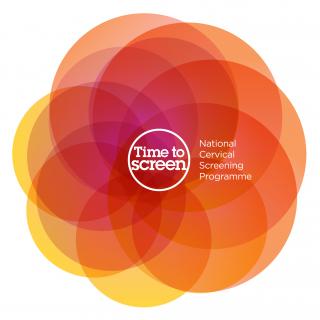- Home
- News
- Screening Matters, Issue 62, April 2019
- Update on cervical screening programme improvements
News
- Screening Matters Newsletter
- April 2019
- April 2018
- December 2017
- August 2017
- April 2017
- December 2016
- October 2016
- March 2016
- November 2015
- August 2015
- June 2015
- April 2015
- February 2015
- December 2014
- October 2014
- August 2014
- June 2014
- April 2014
- February 2014
- December 2013
- October 2013
- August 2013
- June 2013
- April 2013
- February 2013
Screening Matters
The National Screening Unit newsletter
In this issue:
- Screening takes “centre stage” at Te Matatini Festival
- Update on cervical screening programme improvements
- Latest news from bowel screening programme
- Breast screening media campaign gets a re-screen!
- BreastScreen Auckland’s new centre puts consumer needs first
- NZ Obstetric Ultrasound Guidelines – Have your say
- NZ newborn hearing screening celebrates 15 years
Update on cervical screening programme improvements

From late 2019, the recommended starting age for cervical screening will increase from 20 to 25 years of age. This change is being made because there is a strong body of evidence that screening women between 20 and 24 years of age provides little benefit to women and has the potential to cause harm.
The age change is in line with that of many other countries including Australia, England, Scotland, the Netherlands, France, Belgium, Ireland, Italy and Norway.
The National Screening Unit (NSU) is managing the transition process and is developing a strategy to support the change and inform participants and stakeholders. The two key pieces of work currently underway are:
-
consumer research (a literature review and qualitative research) to identify the most effective messages, channels and communication strategies to engage Māori, Asian and Pacific women aged 20 to 30 years on the topic of cervical screening and cervical health; and
-
understanding the changes required to the patient management system used by cervical screening providers in primary care, to support the change to the age range.
Recommendations from these projects will help shape future discussions with cervical screening providers on the planned transition.
Consumer safety and equity are consistent priorities through this transition process explains Astrid Koornneef, Group Manager, NSU. ‘We know we have one of the most successful cervical screening programmes in the world, so we need to make sure that the planned change to the age range is carefully designed and implemented to protect the integrity of the Programme and safety of its participants.
“A key theme throughout this process is promoting equitable access and participation in cervical screening services by all young women. So by looking at how we can best engage with those women who are less likely to participate in screening, we can help ensure we make the most of this planned transition and the opportunity it creates to talk with young women about screening.”
Key messages for providers
It is anticipated that the change to the age range will be introduced in late 2019. In the meantime, providers are advised as follows:
Prior to the change in the screening start age:
-
Until the age of screening is raised to 25, women between 20 and 24 years should continue to be screened, according to the current pathway.
After the change to the screening start age to 25 years:
-
Women between 20 and 24, who have already been screened, should continue with screening
-
Women under 25, who have not started cervical screening, can commence screening at 25.
Find out more about the planned age range change and check out the FAQs page.
HPV Primary Screening Update
In addition to the planned age range change, the Ministry is working towards implementing human papillomavirus (HPV) primary screening for its National Cervical Screening Programme (NCSP) from 2021.
HPV primary screening means that a cervical screen sample is first tested for the presence of an HPV infection because almost all cervical cancer is caused by genital infection with HPV.
The International Agency for Research on Cancer and the World Health Organisation have endorsed HPV testing as the primary screening method for cervical cancer. Several other countries are also changing to HPV primary screening, including England, Australia and the Netherlands.
The move to HPV primary screening will replace the current cytology testing method with an HPV test as the first test in the screening pathway.
To safely introduce HPV primary screening, a fit for purpose IT solution that will support new clinical pathways is required.
View the Frequently asked questions about proposed changes to the cervical screening test.
To receive the Screening Matters newsletter by email, fill out our sign-up form.

